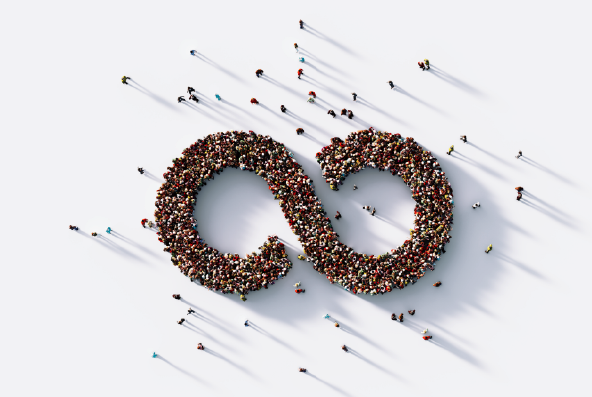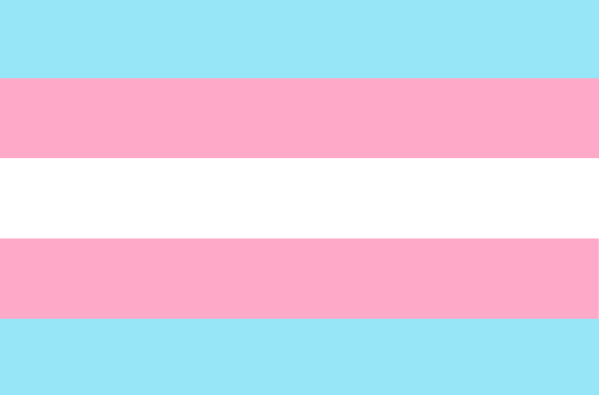‘Global Diversity Awareness Month’ is another reflection point for the work need to improve the legal profession.
The recently released 2021 ABA Profile of the Legal Profession shows some measures of diversity in the profession have declined over the past year. Some brief good news first: positive points related to diversity in the ABA’s Profile of the Profession include the number partners of color, LGBT, as noted in a recent article published by the Illinois Supreme Court Commission on Professionalism’s 2Civility blog, below. (Still, the good news points to more nuanced discussions around more detailed data, including a closer look at further breakdowns of categories (e.g. for trans lawyers in particular) and intersections thereof.)
Though underrepresentation of people of color in the legal profession is concerning, the National Association for Law Placement’s (NALP) 2020 Report on Diversity in U.S. Law Firms noted that for the first time, more than 10% of all law firm partners were lawyers of color. In 2009, just 6% of law firm partners were people of color.
The number of openly LGBT lawyers continues to grow slowly, according to a NALP annual survey. In 2020, a little over 3% of lawyers at U.S. firms identified as LGBT, up more than one percent from 10 years earlier. And law students are more likely to be openly LGBT than law firm lawyers: 7.7% of law firm summer associates describe themselves as LGBT.
The number of lawyers who report having disabilities remains small, at slightly less than 1%. However, according to NALP, in 2020 just under 1% of all law firm associates reported having a disability, nearly double the percentage reported one year earlier (0.59%).
Disappointing but perhaps unsurprising, the report shows continued underrepresentation among people of color in the legal profession, with the numbers of Black and Native American lawyers declining in particular. Also from the 2Civility post:
In 2021, just 4.7% of lawyers were Black, a decline from 4.8% in 2011, while 13.4% of the U.S. population is Black. Native Americans remain the smallest racial group among U.S. lawyers at just 0.4%, down from 1% in 2011, while 1.3% of the U.S. population is Native American.
Likewise, in 2021, 4.8% of all lawyers were Hispanic, up nearly one percentage point from 2011, despite the U.S. population being 18.5% Hispanic. Only 2.5% of all lawyers were Asian, up from 1.7% a decade earlier, although the U.S. population is 5.9% Asian.
Hassan Kanu explores contributing causes in ‘Exclusionary and Classist’: Why the Legal Profession Is Getting Whiter (Reuters, August 2021), with lawyers experienced in diversity and inclusion, legal education, and employment, who pointed to problems within and outside of the legal profession. “Each agreed there are issues in the “pipeline” to becoming an attorney and within legal practice itself. They stressed that law school and firm culture are often plain unwelcoming to people of color. They also emphasized that the decline is underlaid by socio-economic racial inequities preceding law school, including in K-12 education.” Similar and related causes are explored in an ABA report focusing on the exclusion of Black women in the legal profession, an important intersection to focus on as women often carry more caregiving burden with the pandemic. Most recently in an October 2021 release, the NALP reports the bottom line that Employment Outcomes for First-Generation College Students Fall Below Those of Their Peers, and Disparities in Outcomes by Race/Ethnicity Persist.
Survey data from ALM Intelligence and Bloomberg earlier this year highlights the impact of exclusionary firm culture. ‘New Data Reveals the Startling Mental Health Struggles of Attorneys of Color’, another article published on the Illinois Supreme Court Commission on Professionalism’s 2Civility blog, examines the ALM’s survey findings, highlights the additional well-being struggles faced by historically excluded and oppressed groups. The following quote discusses suicide. If you are having thoughts of suicide, call the National Suicide Prevention Lifeline at 1-800-273-8255 (TALK). You can find a list of additional resources at SpeakingOfSuicide.com/resources.
Notably, roughly 31% of Black lawyers said they have contemplated suicide during their legal career. This is a significant increase from the approximately 23% of Hispanic and Latino attorneys, 20% of Asian attorneys, and almost 19.4% of white attorneys who reported the same tendencies.
. . .
Nearly 61% of Black attorneys said they’ve felt isolated at their firms, compared to 53% of white attorneys and 49% of Hispanic attorneys. Fifty-one percent of Black attorneys, 49% of Asian attorneys, 49% of Hispanic attorneys, and 45% of white attorneys said their firms don’t offer support for personal well-being.
Moreover, Black and Hispanic attorneys reported higher levels of depression and anxiety. Attorneys of color were also more likely to say that taking time off for mental health issues could hurt their careers.
In Massachusetts, our Supreme Judicial Court Standing Committee on Lawyer Well-Being has sought to start addressing concerns by collecting foundational demographic information and listening to firsthand experience of historically excluded groups in the Massachusetts legal community. To get a baseline for measuring progress, important new questions were proposed to track representation with an amendment to Rule 4:02 “Periodic Registration of Attorneys” under consideration “to include a requirement that attorneys complete a demographic and law practice survey the results of which will be used solely for the purpose of developing services and programs to aid lawyers. Individual survey results will be treated as confidential.” At the same time, the Massachusetts Lawyer Well-Being Committee also began other work including a town hall listening project to hear directly from lawyers in historically excluded and oppressed communities, which culminated in its first Report Summarizing Affinity Bar Town Hall Meetings, as well as hosting an Upstander Advocacy training for the Massachusetts legal community, and piloting efforts to improve mentorship in the state.
Everyone in the legal profession has an individual responsibility to help, some roles with greater impact than others. We’re sharing some key resources, and first note two (and a half) equally important instructions: Listen and Act (and don’t let fear stop you).
Trauma Takes Many Forms, Including Racism: Notes for the Legal Profession (LCL MA Blog, 2020)
Transgender Day of Visibility 2021: Inclusion in the Legal Profession and Beyond (LCL MA Blog, 2021)
Mental Health Month Resources Listing (LCL MA)
As the profession works to better support the well-being of its members, both locally and nationally, individuals in the legal profession can find well-being and mental health support through lawyer assistance programs like ours here at LCL in Massachusetts. We remind the community that our clinicians are here for you, and while we need to improve diversity on our clinical staff, we can help you find the right match through referrals to outside therapists, and can offer more information about our Lawyer Assistance Fund to help cover fees when needed. Find more on scheduling a Free & Confidential consultation here.




